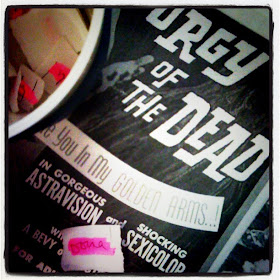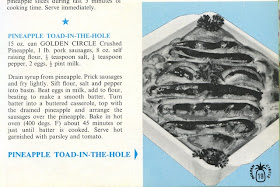Dakos is a particular type of paximádi (dried bread or rusk) and is a speciality of the island of Crete. While paximádi are eaten all over Greece, dakos are particular in that they're made with stone-ground barley, imparting a rich nutty flavour and giving the rusks an addictive robust texture. The rusks are twice-baked until very, very dry and need to be rehydrated with sprinkles of water and then brought to life by the sweet spicyness of tomato juices and fresh olive oil soaking through. You might be surprised by how good this simple combination is, unadorned - but if you want to take these to the next level (of course you do), crumble on a creamy feta or chevre and a sprinkle of Greek oregano. So simple, but really a magical combination that becomes more than the sum of its parts. If you're in the mood for garlic and don't have a date that night, add a little - very finely minced - to make it a little more punchy.
You can buy Cretan rusks at most good Greek delis; they usually come packaged in plastic or cellophane bags. My favourite are Manna brand ("Το Μάννα") and have a green and white printed label, but ask the staff as there's often quite a number to choose from and more seem to be imported all the time. Wetting the rusks might seem a strange thing to do, but what you end up with is never soggy - only pleasantly toothsome and porous enough to soak up all the flavours you pile on top. Don't try to eat them dry, as you'll seriously risk losing teeth. Kinda like the time Richie and Eddie ate the Special K past its sell-by. Watch and learn, kiddies.
Dakos - and rusks generally - are very good for tossing into salads and are perfect for brown bag lunches. I often cut a salad in the morning then rehydrate the rusks 15 minutes before lunch. When they're soft enough, I break them up and stir them through the rest of the salad before adding my dressing. If summer lunches have to be eaten at work, this is a fine way to improve the day. At home though, I prepare them as below.
Makes 1
1 paximádi/rusk
1 ripe tomato, skinned, very finely chopped or grated
your best extra virgin olive oil
salt
a couple of slivers of garlic, finely minced (optional)
a sprig of fresh Greek oregano or a couple of fresh basil leaves (finely sliced)
dried Greek oregano
crumbled creamy feta or goat cheese, to taste
1. To rehydrate the rusk, run it under a running faucet, rubbing it all over so that it seems quite wet. You can also submerge rusks in a bowl of water for half a minute or so. Set aside to drain and soak through.
2. In a smal bowl, combine tomato, fresh oregano or basil leaves, garlic (if using), salt to taste and a generous glug of olive oil. Stir and set aside for 10 minutes so that the flavours combine.
3. Some people like their rusks more wet, other more crunchy - you decide. I feel mine's ready when it has a little give but doesn't leak water when I press into it. Top the rusk with the tomato mixture, add the cheese and rub the dried oregano between your fingers as you sprinkle it on top, to release its flavour.





















































